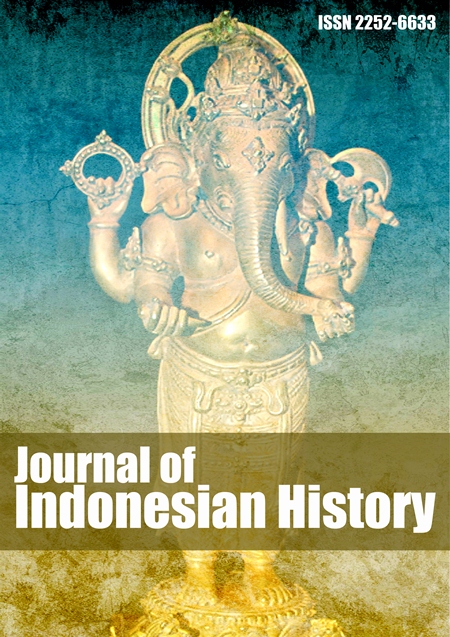GERAKAN SAREKAT BURUH SEMARANG TAHUN 1913-1925
Abstract
Semarang is a growing industrial city since colonial era. At that time, Semarang has become traffic of sugar trade that influence to economic and administrative role for the colonial government. The labor in Semarang works in factories, plantations, ports, and railways. They works with minimum wage, so that they are compelled to build union. In 1913 until 1925 is the year of revival Semarang labor’s union. Around the years, labor’s union grew along with the development of communism in this city. Labor’s union in Semarang characterized by a variety of strike action as a resistance by ploretariat to the arbitrariness of the capital. The biggest strike by labor’s union took place in 1923 by Railway Worker’s Union (VSTP) and in 1925 by the Port Worker’s Union (SPPL). The strike is so big, cause followed by thousands even by ten of thousands of workers and the impact was spreading. In 1926 labor’s union in Semarang declined because Communism wich greatly affect the movement of labor’s union has become aware prohibited. Destruction of communism in Semarang make the movement of labor’s union being regressive.

